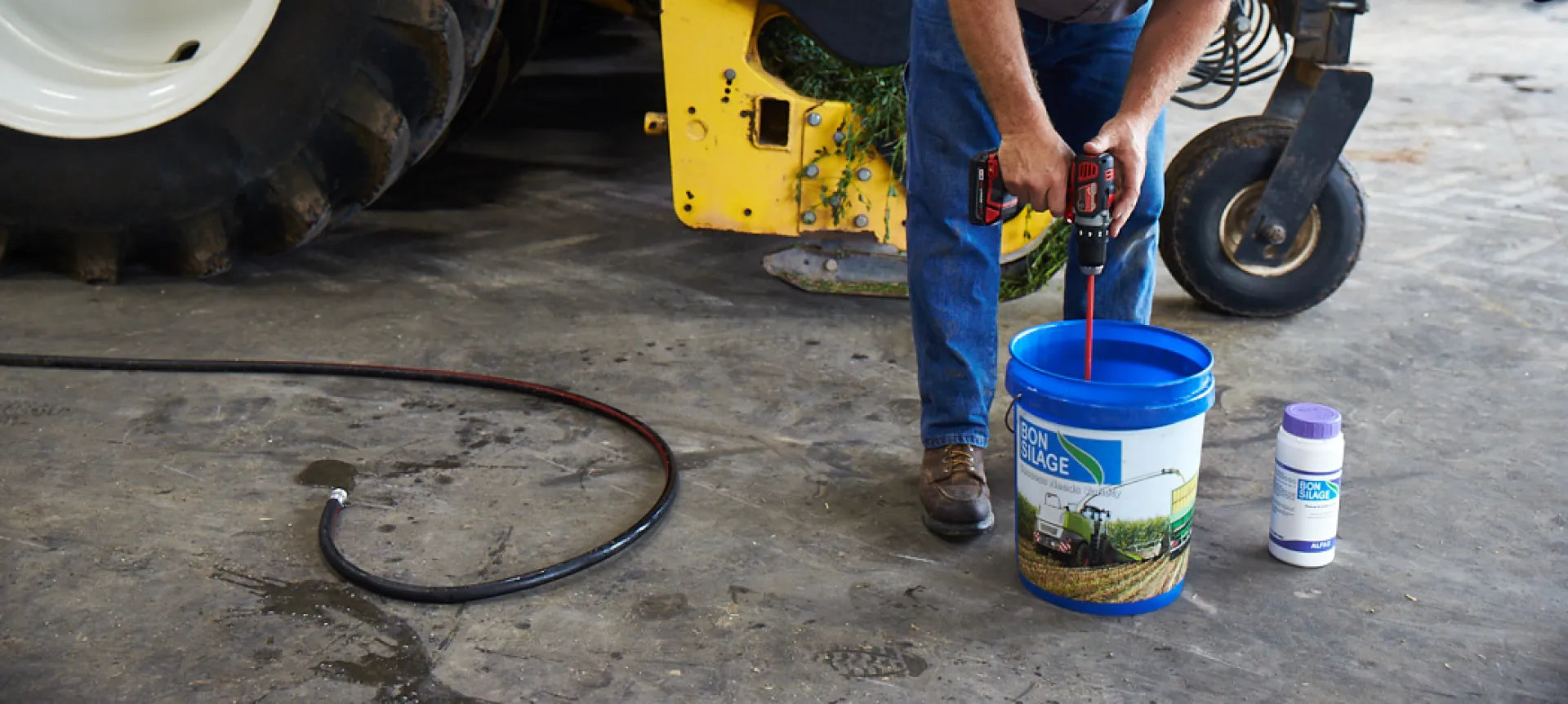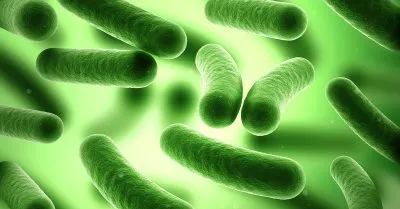Inoculants are essential in preventing spoilage, yeast and mold in your silage, but if you don’t mix them properly, you might negate the good that the inoculant might do. Here are some tips for properly mixing your inoculants for measurably improved feed quality.
FOR LARGE CONTAINERS OF BONSILAGE
- Get a pail
- Fill the pail 1/3 full with cold, unchlorinated water
- Do NOT use hit water, as this can kill the strain
- Add your BONSILAGE
- Add more water while stirring with a mixer
- Refer to your applicator’s mixing chart for correct volumes
- Pour solution into a clean applicator
- Ensure your applicator is calibrated
- Apply your inoculant!
FOR SMALL CONTAINERS OF BONSILAGE
- Poor cold, unchlorinated water into the bottle
- Do NOT use hit water, as this can kill the strain
- Close the lid tightly
- Shake container well
- Pour solution directly into clean applicator
- Refer to your applicator’s mixing chart for correct volumes
Mixed solution can be stored in a cool place for 24 hours. If refrigerated, it can be stored up to one week, but make sure you don’t freeze it.
When applying, it’s important that the inoculant is distributed thoroughly into the silage, and we recommend checking the calibration of your applicator several times during applications. Nozzles can get clogged, which causes application rates to become skewed.
For more details at how to mix your inoculant, watch this video.
Get in touch with our team if you have any questions left – visit our contact page here.



